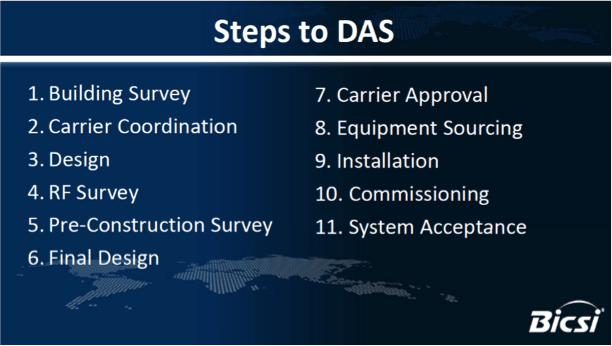The new network is different than the old network. And the way it’s managed is different, too. Until now, management has been on a device-by-device basis, but volume and complexity have made that method unsustainable. Automation and orchestration drive network management today, bringing greater power to centralize and coordinate activity. Network interactions are more reliable as a result. Delivery is quicker and more scalable. And IT professionals have more time to focus on higher-value projects that benefit the business.
Harnessing the power of intent-based networking requires new skillsets for IT professionals. Enhanced skills enable greater speed, agility, less risk and more business value.
The intentional network
IT professionals build and manage networks differently than they did in the past. In intent-based networking, a network administrator programs the network with business intent for the network: the data, apps and users that have the highest priority for the business. The software-defined networking (SDN) controller, the application responsible for intelligent management of the network, then implements policies and prioritizes traffic accordingly.
The device-by-device model is gone. Intent-based networking looks at every network device — be it wired, wireless, or wide-area — as part of a unified fabric. This gives IT a simpler, more cost-effective way to take control of one of their organization’s most valuable assets: network infrastructure.
With intent-based networking, network operators can respond to business needs and security threats at machine speed, across their entire network. They don’t have to rely on time-consuming, human-powered workflows that make changes one network device at a time. Instead, they can interact with the network as a single entity. And when there’s a problem (such as a cyber-attack), the network can react to it in real time.
Intent-based networking offers obvious business benefits in three main areas:
- Automated speed. The network quickly responds to an enterprise’s needs with little manual intervention.
- Higher business value. Since intent-based networking is driven by business requirements, this technology enables optimal business outcomes and greater value. And because the network requires less time and effort to maintain, there’s more time for IT innovations that provide additional business value.
- Lowered risk. Better analytics, automation and network visibility result in faster threat detection and containment, continuous compliance and reduced downtime.
An intent-based network captures business intent and continuously aligns the end-to-end network to drive optimal business outcomes. The intent can apply to application service levels, security policies, compliance, operational processes and other business needs. In short, an intent-based network bridges the gap between business and IT.
When this new model of networking is widely adopted, Gartner predicts, it will completely change the way network administrators work. It will remove repetitious and tedious configuration tasks and move admins from a reactive to a proactive approach.
Skills for the intent-based network
Machine learning-powered analytics and software-defined networking are the foundational elements of intent-based networking. So, it’s critical that organizations are equipped with trained network engineers to design and deploy automation and orchestration in SDN environments. Network engineers will need to understand applications and data and how to apply them to business goals. For example, network engineers use software to visualize the performance of the network. So, it’s critical that they’re able to correctly analyze, interpret and validate that the network is driving the right business outcomes. They’ll need to create policies for critical applications that put controls on data transport and learn more about virtualization, analytics and security.
It’s important that network engineers have a solid understanding of how technology and business relate to each other, too. In intent-based networking, it’s an essential task, to apply business priorities to the network. It’s crucial that organizations cultivate these skills too, through training and certifications.
A new day in networking
A transformative possibility for the enterprise, intent-based networking uses software that helps plan, design and automatically implement network changes. It improves the availability and agility of the network. And it reduces organizational risk. To maximize the potential of the new network, it’s essential that network professionals acquire a unique combination of technical and business skills. And it’s critical that organizations empower their employees with training and certifications to acquire these skills. Enabled with the right tools, network engineers will be able to harness the power of intent-based networking, ultimately delivering greater business value to the enterprise.
About the author
Joe Clarke is a distinguished services engineer at Cisco Systems and has been an integral part of the Cisco Engineering team for 20 years. Joe holds a CCIE and is a champion of network programmability and automation. He is a contributor to the Internet Engineering Task Force (IETF) and a regular speaker at Cisco Live.

